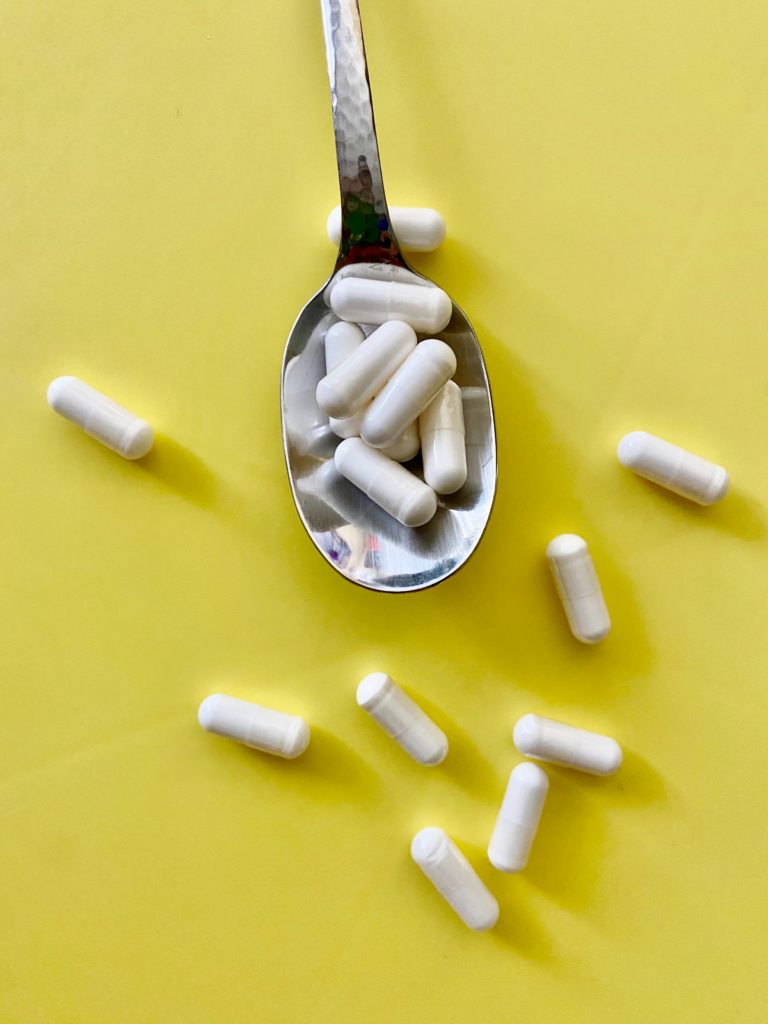What are Quaaludes?
Quaalude drug is the brand name for a synthetic, sedative-hypnotic drug called methaqualone. They also go by brand names like Malsed, Removal, Malsedin, Cloroqualone, and Etaqualone. Quaaludes are central nervous system depressants that were popularly prescribed as sleep aids and were used as recreational drugs between the 1960s and 1980s until they were banned by the Drug Enforcement Agency (DEA).
The main ingredient in Quaaludes is methaqualone, which is an anxiolytic, or a drug used to reduce anxiety, and a sedative that acts as a hypnotic drug to induce drowsiness and sleep. Although they were originally marketed as a safe substitute for barbiturates to promote sleep, their potential for abuse and addiction was quickly discovered. Despite being illegal, Quaalude drugs are often sold on the black market. They usually come in the form of tablets with the number 714 imprinted on them or capsules that are tasteless, odorless, and cheap.
The most common ways to ingest Quaalude drugs are by taking them as pills or capsules, crushing them to mix with marijuana and smoke, or by liquifying them to be drunk or injected. Common street names for Quaaludes include 714s, Lemmons, soapers, and Ludes. The abuse of Quaalude drugs can lead to various adverse side effects and long-term health problems.

These drugs, imprinted with the number “714” on the tablet, were initially introduced as a safe barbiturate substitute to help induce sleep but were later shown to have addiction and withdrawal symptoms similar to other prescription barbiturates. If you’ve ever heard of Quaaludes, sometimes called Lemmons, then you may think back to the 1970s. Although they’re usually considered an older drug that only existed in a different generation, they’re still very common.
History of quaalude drug
Quaaludes were first synthesized in India in the 1950s. It was introduced into America in the 1960s and by the late ’60s and ’70s it became a popular recreational drug, often found in discos and referred to as a “disco biscuit”. The abuse potential of Quaaludes soon became apparent and in 1973 methaqualone was placed in Schedule II of the Controlled Substance Act, making it difficult to prescribe and illegal to possess without a prescription.
In 1984 it was moved to the Drug Enforcement Agency (DEA) Federal Schedule I, so Quaalude drug is no longer legally available in the United States. Schedule I drugs have a high potential for abuse, no currently accepted medical treatment use in the U.S., and lack accepted safety for use under medical supervision.
Quaaludes that are sold only for illicit recreational use now are synthesized in illegal laboratories. Illegally produced Quaaludes drugs can contain other central nervous system depressants such as benzodiazepines or even fentanyl. In the 1960s a methaqualone and diphenhydramine combination pill called Mandrax was sold as a sedative. Current Mandrax pills, made illegally, may also contain benzodiazepines, barbiturates, or ephedrine.
Quaalude drug effects on the brain
The active ingredient in Quaaludes, methaqualone, is a central nervous system depressant that works by increasing the activity of GABA receptors in the brain, which respond to a neurotransmitter called gamma-aminobutyric acid (GABA). When GABA is released, it drops the heart rate, breathing, pulse, and blood pressure, causing the person to feel relaxed, so it was also considered an effective form of anxiety treatment. However, due to the feelings of euphoria and sense of well-being it also produces, its potential for addiction outweighed any of its benefits.
Signs and Symptoms of Quaalude drug Addiction
If you or a loved one suspects Quaalude drug abuse, it’s helpful to be aware of any indicative signs and symptoms. Quaalude drug effects usually peak within a few hours after it has been ingested and may stay in the person’s system anywhere between 20 and 60 hours.
The most common Quaalude drug side effects include:
- Euphoria
- Sense of well-being
- Drowsiness
- Dizziness
- Fatigue
- Loss of appetite
- Slurred speech
- Memory problems
- Nausea and vomiting
- Diarrhea
- Stomach cramps
- Rash and itching
- Hives
- Excessive sweating
- Dry mouth
- Tingling or numbing sensation in the extremities
- Reduce heart rate
- Shallow or slowed breathing
- Seizures
Because of its effects on breathing, Quaalude drug abuse can also lead to respiratory depression or extremely shallow breathing. It can also cause erectile dysfunction and other issues related to sexual intercourse. In high doses, Quaaludes can cause severe confusion and complete loss of motor control – also known as ataxia – as well as overdose. A person who has developed a severe dependence on Quaaludes should receive professional treatment right away. At We Level Up California, we offer a medically monitored detox that helps wean patients off of drugs and alcohol while addressing uncomfortable withdrawal symptoms.
As with any other form of substance abuse, Quaalude drug addiction isn’t just limited to physical struggles, but can also cause relationship problems and financial issues. Many individuals who continue abusing drugs or alcohol long-term also develop mental illness. Quaaludes can make it nearly impossible for a person to stay healthy and enjoy their life.
Uses of the quaalude drug
In 1972, Quaaludes were one of the most frequently prescribed sedatives in the United States. In prescribed doses, Quaaludes promote relaxation, sleepiness, and sometimes a feeling of euphoria (happiness, calmness). It causes a drop in blood pressure and slows the pulse rate. These properties are the reason why it was initially thought to be a useful sedative and anxiolytic. It became a recreational drug due to its euphoric (“high”) effect. Quaaludes were a popular drug of abuse during much of the 1970s, even though both the US and Britain tightened control around their use and dispensing.

Quaalude drug dosage
When it was legal medication, methaqualone was available in tablet and capsule form and came in different strengths.
- Oral methaqualone dosages ranged from 75 to 150 mg for light sedation.
- A commonly prescribed dose was 300 mg. Up to 600 mg was used for strong sedation.
- Tolerance develops rapidly and some users may take up to 2000 mg daily to achieve the same effects.
- The onset of action is approximately 30 minutes after taking methaqualone and the duration of action is between 5 to 8 hours.
Quaalude drug Overdose
The quaalude drug is a central nervous system (CNS) depressant. Examples of other CNS depressants include meprobamate, diazepam (Valium), and gamma-hydroxybutyrate (GHB). Overdose of methaqualone can lead to seizures, coma, or death. The range of dangerous doses varies widely. Because these drugs are made in illegal labs, the strength and contents of the actual product may not be known, putting the user at even higher risk.
Taking doses of over 300 mg can be dangerous for first-time users. Quaalude doses of about 8,000 mg per day can be fatal but depend upon the state of the user’s tolerance. Death can result at much lower doses if Quaaludes are taken with alcohol, which is also a central nervous system depressant. A practice called “Luding out” where Quaalude drugs were taken with wine, became a popular college pastime in the ’70s.
Reclaim your life from Quaalude drug abuse with Treatment
At We Level Up California, we offer a medically monitored detox that helps wean patients off of drugs and alcohol while addressing uncomfortable withdrawal symptoms. Quaalude drug addiction is a condition that can cause major health, social and economic problems that should not be taken lightly. We Level Up can provide you, or someone you love, the tools to recover from Quaalude drug addiction with professional and safe treatment including medically assisted detox programs. Feel free to call us to speak with one of our counselors. We can inform you about this condition by giving you relevant information. Our specialists know what you are going through. Please know that each call is private and confidential.
